Tanglang La Pass : Thin Air and Limitless Horizons
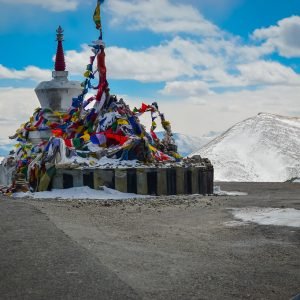
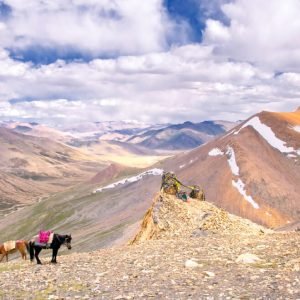


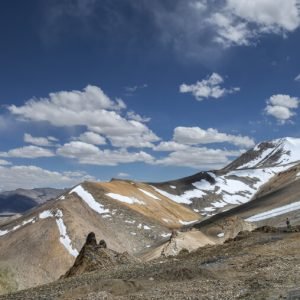
Table of Contents
Toggle1. Introduction
Tanglang La Pass is one of the highest mountain passes in the world, situated within the Indian Union Territory of Ladakh. It stands at an elevation of about 5,328 meters or 17,480 feet above sea level. It connects Leh with the Morey Plains and further to the Manali-Leh highway.
Tanglang La Pass has captured the hearts of visitors with its breathtaking vista, but more importantly, it’s an important route taken by voyagers into the rugged terrains of the Ladakh region. In this comprehensive guide, we will discuss in detail the geographical importance of Tanglang La Pass, the historical background, the best time to visit the place, the challenges one may face during the journey and nearby places, along with a glimpse of the cultural and environmental aspects of the region.
2. Geography and Climate
2.a. Geographical Importance
Tanglang La Pass is situated in the northern Indian Himalayas, which forms a part of the Zanskar Range in the Union Territory of Ladakh. It is a lifeline between Leh, the administrative capital of Ladakh and the southern plains of the region, it connects the Indus Valley with the Morey Plains. The Tanglang La Pass forms an integral part of the Manali-Leh Highway, one of the highest motorable roads in the world. This highway is very important, not just for tourists but also for the Indian Army, as Ladakh borders India-China.
The Tanglang La Pass offers access to the very stark and lonely landscapes of Ladakh, being a high altitude desert region interspersed with huge plains, dramatic cliffs and out-of-the-world villages. Traveling through Tanglang La Pass offers extensive views of these rare kinds of terrains, hence it is a favored spot among trekkers, bikers and adventure seekers. It allows them to be right at the point where they can observe the contrasts between the arid desert landscapes and the glazed snow peaks of the Himalayas.
2.b. Climatic Conditions
Tanglang La Pass has extreme climatic conditions. During its most accessible summer months, between June and September, the temperature oscillates between 5°C and 20°C. The temperature can drop significantly at night even in the warmth of summer due to the high altitude. On the contrary, during the winter season, stretching from October through May, the temperatures drop below freezing and often fall to as low as -30°C. With heavy snowfall and sometimes stormy weather, the Tanglang La Pass is most likely to remain shut.
Tanglang La Pass is at a very high altitude, hence, the air is thin and this puts the travelers in the danger of health-related problems. The inability of acclimatization due to rapid rise of altitudes without proper bodily adjustment is crucial in preventing altitude sickness.
3. Historical Background
For centuries, Tanglang La Pass formed an important pass, although its strategic importance has changed with time. Several historical trade routes connecting India with Central Asia passed via this area. Merchants’ caravans crossed this hazardous pass to barter goods like wool, silk, spices and precious gems. Nomadic tribes from Ladakh, who made seasonal migrations and grazed their animals, also used these passes.
Modern times have changed the role of Tanglang La Pass as the construction of the Manali-Leh Highway in the 1980s has seen this pass change into a vital passage for civvies and armed forces alike, now used as an adventurous playground by tourism enthusiasts. Construction of a highway through such rugged terrain under extreme weather conditions was an monumental feat in itself and testimony to India’s infrastructure development projects in the border regions.
The Tanglang La Pass has also come into play in the movement of the Indian Armed Forces due to the distance of Ladakh to China and Pakistan. This pass has provided a lifeline with the supply of essential goods and services to its remote outposts in the region.
4. How to Reach Tanglang La Pass
4.a. Route and Accessibility
About 108 km away from Leh, the largest city in Ladakh, Tanglang La Pass is also approximately 465 kilometers away from Manali, a popular tourist town in Himachal Pradesh. Tanglang La Pass thus gives one a chance to climb to a point which is surrounded by awesome scenery. The pass usually is traversed via the Manali-Leh Highway, a road measuring about 490 kilometers that traverses some of the most rugged and magnificent scenery on the planet.
Normally, a tourist first starts his trip from Manali or Leh. Cars, motorcycles and bicycles usually drive up the roads to Tanglang La Pass. More popularly, motorcycling tours are run on this route. It is almost a rite of passage for adventure bikers from around the world.
The road condition is seasonal in nature. During summer, it is normally open but becomes bumpy and rugged in a way that one needs to be careful while crossing it. During winter, the road remains closed on many occasions due to heavy snow and ice falls.
4.b. Challenges on the Route
The voyage to Tanglang La Pass isn’t made for naught. At over 5,300 meters, the air’s thin with a very distinct possibility of Acute Mountain Sickness (AMS). Signs are headaches, dizziness, nausea and breathlessness. Proper acclimatization in Leh is needed before attempting the voyage. Moving slow and drinking enough liquids help reduce the risk of AMS.
The road conditions can be pretty challenging too. Though BRO maintains this highway, large stretches of the road can be destroyed due to landslide and flood or snow. Also, with rains or snow, the route may become really slippery. Drivers and bikers have to drive very cautiously on these roads, especially while taking sharp turns or climbing steep inclines.
5. Best Time to Visit
The summer months from June to September are the best time for visiting Tanglang La Pass. The weather becomes relatively warm, while roads are free of snow. It presents a full sight of the beauty of this region with clear skies and breathtaking mountain views.
Of course, July and August are best for tourists, given the fact that the roads are apt to be best. But it’s very responsive to weather conditions, temperatures plummet quickly and rain and snow can happen at these high elevations.
Normally, the Tanglang La Pass remains closed from the month of October right to May due to heavy snow falling and extreme winter conditions. This time, the region is out of bounds and any attempt is hazardous during this period.
6. Cultural Significance
Nomads have populated quite a few settlements surrounding Tanglang La Pass and many of them are Changpas. Thousands of years ago, they settled in one of the most extreme climatic parts of the world, which is the Ladakhi plateau, and continued to keep livestock such as yaks and sheep. The Changpas are also famous for the Pashmina wool for their softness and warmness.
The region is also rich in Buddhist culture. Ladakh is a Buddhist populated region and visitors will find many monasteries that dot the countryside, besides prayer flags. The wind blows across these fluttering flags, carrying prayers and blessings to all that have been left behind. This spiritual feel seems to exist here alone. Ancient monasteries of Ladakh, many of them perched upon edges of cliffs or hidden in valleys, can give a good idea about the cultural and historic depth of the region to any traveler.
The villages around Tanglang La Pass also form part of the itinerary for travelers visiting this mountain pass, where Ladakhi customs and ways of life are still followed. It just goes to show how resilient and adaptive human nature can be regarding living in some of the most inhospitable regions on this planet.
7. Ecological Concerns
The area around Tanglang La Pass and, in general, Ladakh is a no-brainer for ecological sensitivity. The high-altitude desert environment is fragile and seriously threatened by climate change, over-tourism and human activity in general.
Climate change is a significant concern, as the region’s glaciers are retreating, leading to reduced water availability. Ladakh relies heavily on meltwater from glaciers for agriculture, drinking water and hydropower. The impact of global warming is particularly evident in the shrinking of the glaciers and the erratic weather patterns observed in recent years.
While there is no denying the boon of tourism to the local economy, it does have its downside too. For one, high footfall means more pollution, habitat destruction and places a strain on the resources available to the locals. Plastic litter has become an issue in the remote areas of Ladakh just like it has in Tanglang La Pass. Local authorities, along with NGOs, are promoting eco-friendly tourism and involving the visitor to ensure protection of the environment of this region.
8. Places within Reach
Other places of interest in Ladakh that can be accessed through Tanglang La Pass are as follows:
8.a. Tso Kar Lake
Situated around 50 km from Tanglang La Pass, Tso Kar is a saltwater lake that is famous for its austere beauty and wild life found nearby. The lake is part of a more significant wetland area comprising of grasslands and marshes, which is a haunt of several migratory birds. These include the endangered black-necked crane. Nature lovers prefer visiting the lake for this reason.
8.b. Pangong Lake
The famous Pangong Lake, one of the most famous lakes in Ladakh, is nearly 150 kilometers from Tanglang La Pass. The lake extends from India up to China, it stretches in a geographical area from each nation. It is known to keep changing colors from deep blue to green, depending on the time of the day and weather conditions.
8.c. Leh
Tanglang La Pass is about 100 km away from the capital of Ladakh, Leh. The town is a base to explore the place, a reason for which all kinds of hotels, restaurants and local culture are available. Major attractions within the town include the Leh Palace, Shanti Stupa and the local markets, always abuzz with people.
9. Travel Tips
9.a. Acclimatization: At least two days should be spent in Leh to acclimatize to the high-altitude environment before attempting the journey toward Tanglang La Pass.
9.b. Health Precautions: Carry medicines related to altitude sickness and ensure you have basic first-aid supplies.
9.c. Vehicle Preparation: Your vehicle whatever it is, a car or a motorcycle, should be in good condition and ready for rough terrain. Take along spare tires and tools.
9.d. Fuel: Due to the scarcity of fuel stops en route, plan well in advance for the Manali-Leh Highway.
9.e. Clothing: Cloths should be worn on a layer-by-layer basis due to the uncertainties of temperature. Even during summers, it gets cold and during nighttime, it can get even colder.
10. Conclusion
The Tanglang La Pass offers an unparalleled adventure through some of the most dramatic landscapes in the world. With a height of 5,360 meters, difficult conditions and cultural richness, this spot is no match to any other. However, it needs to be done with the utmost caution and respect for the environment and local communities. Thus, for those who go for this journey, Tanglang La Pass provides an unforgettable experience that expresses the spirit of adventure and majesty of the Himalayas.
How to book a trip to Tanglacha La Pass, India with Charzan Holidays?
For a seamless and exceptional booking experience, contact Charzan Holidays at reservations@charzan.in or call us at +919622224473
People ask FAQ's
1. Where is Tanglang La pass?
The Tanglang La is a very high mountain pass in India, located in the Ladakh region along the Leh-Manali Highway. The altitude is about 5,328 meters (17,480 feet), making it one of the highest motorable passes in the world. The Tanglang La offers breath-taking views of the Himalayas and one of the most popular routes for adventure enthusiasts.
2. What is the weather like in Tanglang La in June?
It’s still pretty cold here in June since the altitude is 5,328 meters. From day to day, the temperatures will range between 5°C and 15°C but can freeze overnight. The sky is mostly cloudless with some spectacular views, but the strong gusts of wind and odd changes in the weather make it feel quite chilly sometimes.
3. Tanglang La pass height in feet?
Tanglang La is considered one of the highest motorable passes and located on the Leh-Manali Highway in Ladakh, India. It gives rise to an elevation of around 17,480 feet above sea level. The pass reveals great views of mountains across and has emerged as one of the most thrilling destinations for adventure seekers.
4. Tanglang La to Leh distance?
The distance between Tanglang La and Leh is approximately 75 kilometers, or 47 miles. It is a road journey of around 2-3 hours from Tanglang La, which is one of the highest motorable passes across the world. The distance would often fall under much influence because of either weather or road conditions, as this trip usually runs along the Leh-Manali Highway while offering breathtaking views of the Himalayas.
Frequently Asked Questions
1. What is Tanglang La Pass? | |
| Tanglang La Pass is one of the highest motorable passes in the world, located in the Indian Himalayas at an elevation of 5,328 meters (17,480 feet). It connects Leh and Manali. | |
2. How do I reach Tanglang La Pass? | |
| The pass can be reached via road from Leh or Manali. The journey typically involves traveling through beautiful landscapes, with various routes available, including the Leh-Manali Highway. | |
3. What are the main attractions near Tanglang La Pass? | |
| Attractions include stunning views of the Himalayan ranges, high-altitude landscapes, unique wildlife, and nearby monasteries like Hemis and Thiksey. | |
4. When is the best time to visit Tanglang La Pass? | |
| The best time to visit is from May to October when the roads are clear of snow and the weather is relatively mild. | |
5. Is Tanglang La Pass safe for tourists? | |
| Yes, Tanglang La Pass is generally safe for tourists. However, travelers should be cautious of altitude sickness and ensure their vehicles are in good condition. | |
6. Are there accommodations near Tanglang La Pass? | |
| There are no accommodations directly at the pass, but travelers can find hotels and guesthouses in nearby towns like Leh and Pang. | |
7. What activities can I do at Tanglang La Pass? | |
| Visitors can enjoy photography, trekking, and appreciating the breathtaking landscapes and unique wildlife in the region. | |
8. Is public transportation available to Tanglang La Pass? | |
| Public transportation is limited, but shared taxis and buses operate on the Leh-Manali route. Hiring a private vehicle is often recommended for convenience. | |
9. What should I pack for a trip to Tanglang La Pass? | |
| Pack warm clothing, sturdy shoes, a first aid kit, water, snacks, sunscreen, and a camera to capture the stunning scenery. | |
10. Are there local customs to be aware of? | |
| Yes, it’s important to respect local customs and traditions, especially when visiting nearby monasteries and interacting with local communities. | |
11. Is Tanglang La Pass suitable for families? | |
| While Tanglang La Pass can be suitable for families, travelers should consider the altitude and potential effects on children. Proper acclimatization is essential. | |
12. Can I find food options near Tanglang La Pass? | |
| Food options are limited at the pass itself. It’s advisable to carry packed meals or snacks, or stop at nearby towns along the route. | |
13. Are there guided tours available for Tanglang La Pass? | |
| Yes, guided tours are available and can provide valuable insights into the region’s culture, history, and geography. | |
14. What is the nearest city to Tanglang La Pass? | |
| The nearest major city is Leh, which serves as the main base for travelers exploring the region. | |
15. Can I visit Tanglang La Pass in winter? | |
| Visiting Tanglang La Pass in winter is challenging due to heavy snowfall, which can close the roads. The best time for visits is during the warmer months. |


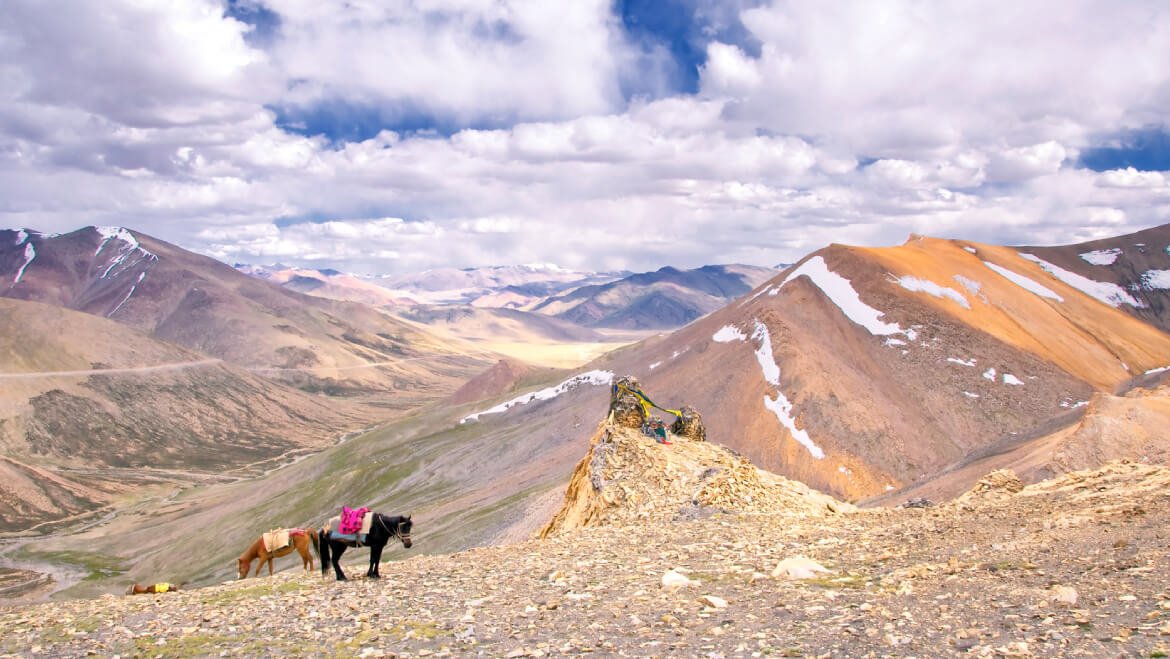
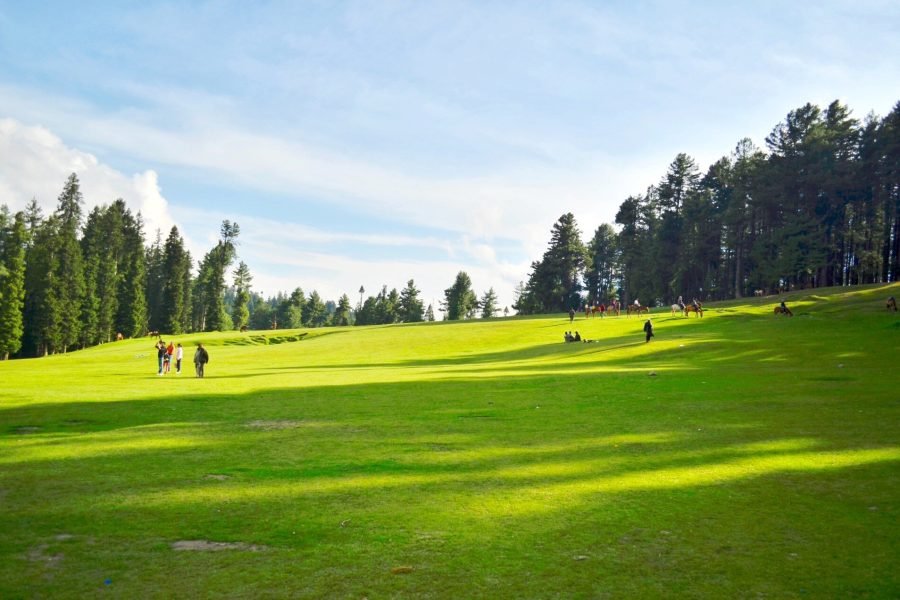
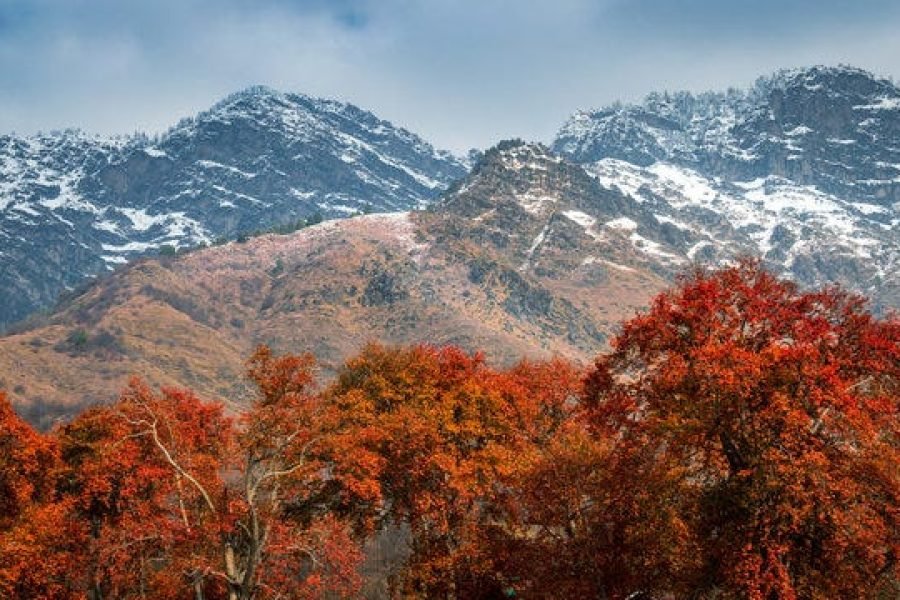
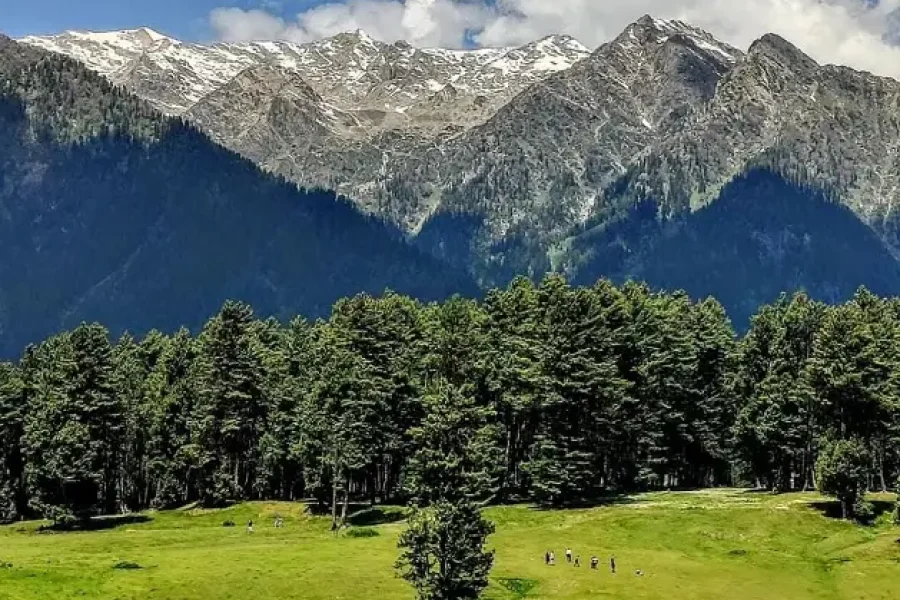
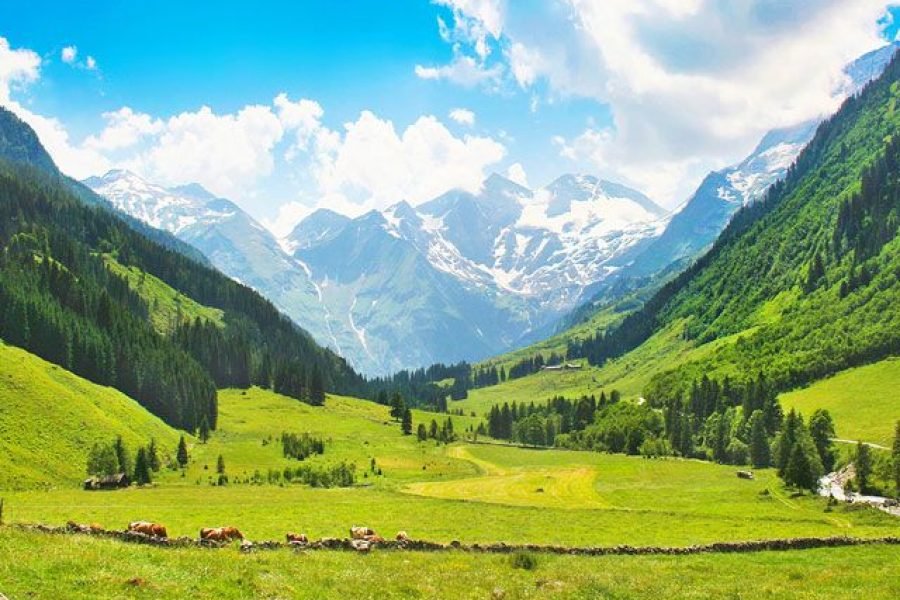
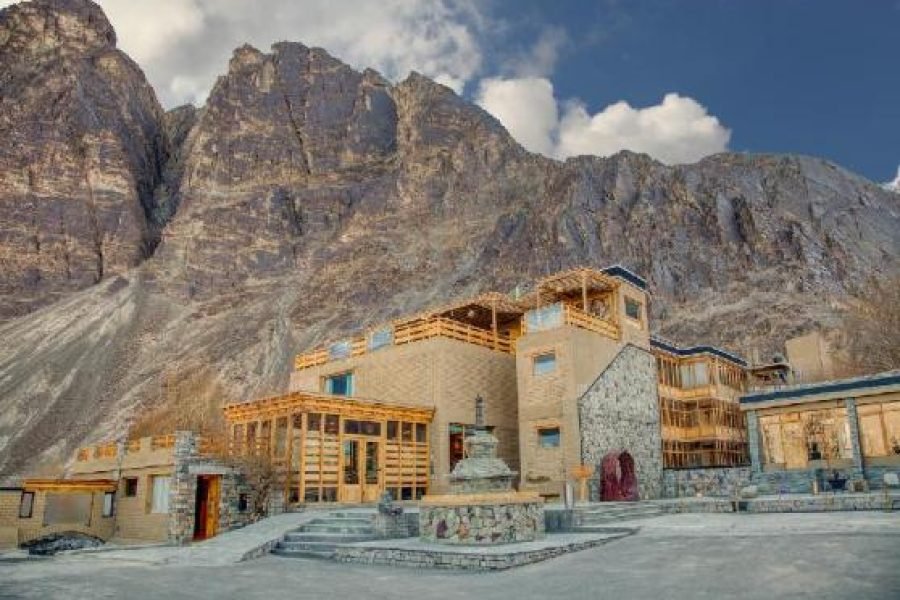

0 Comment